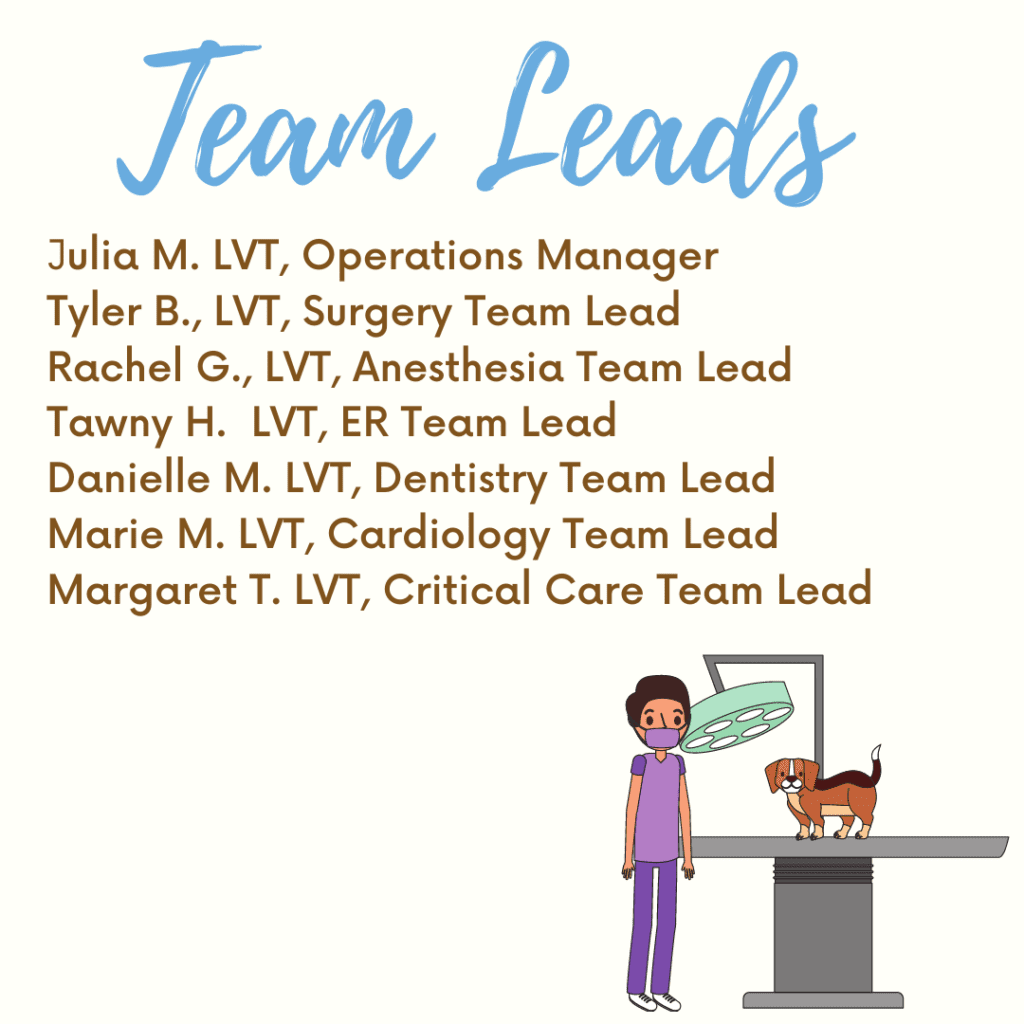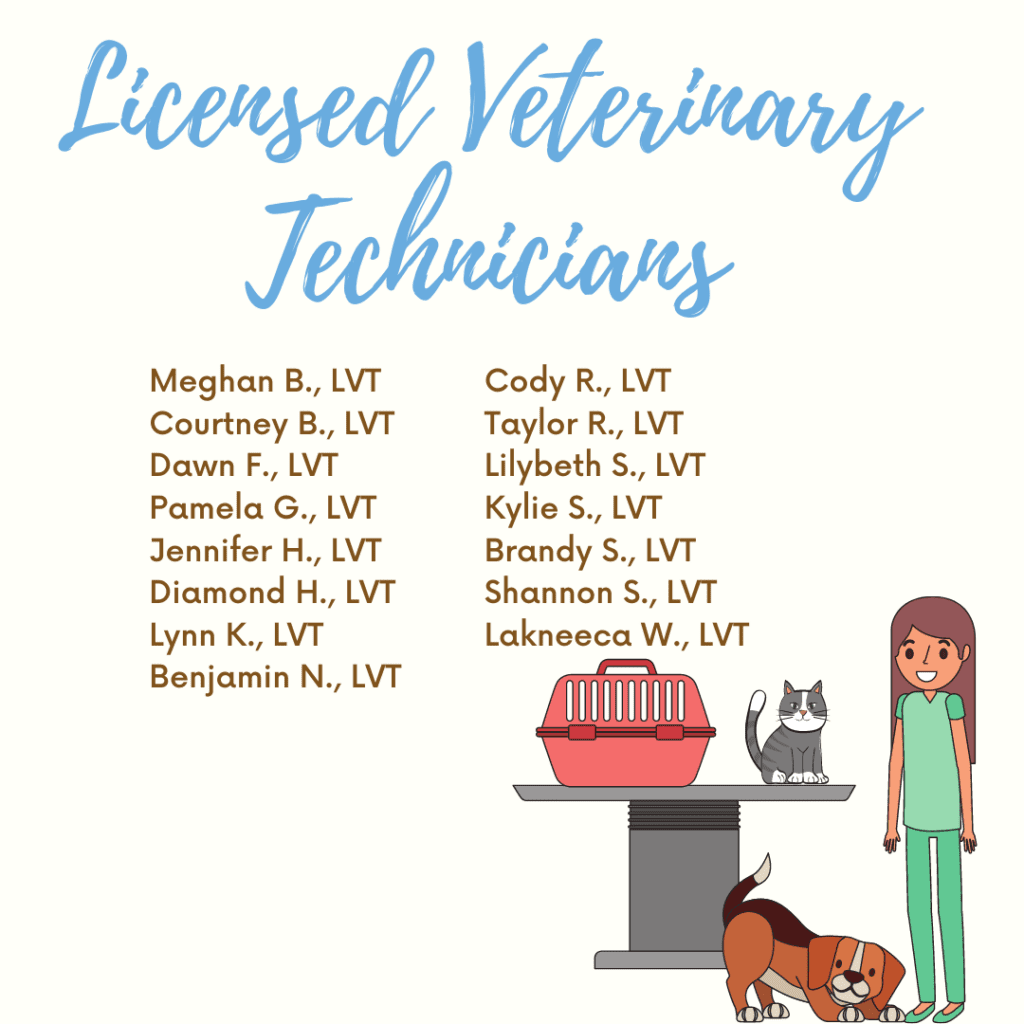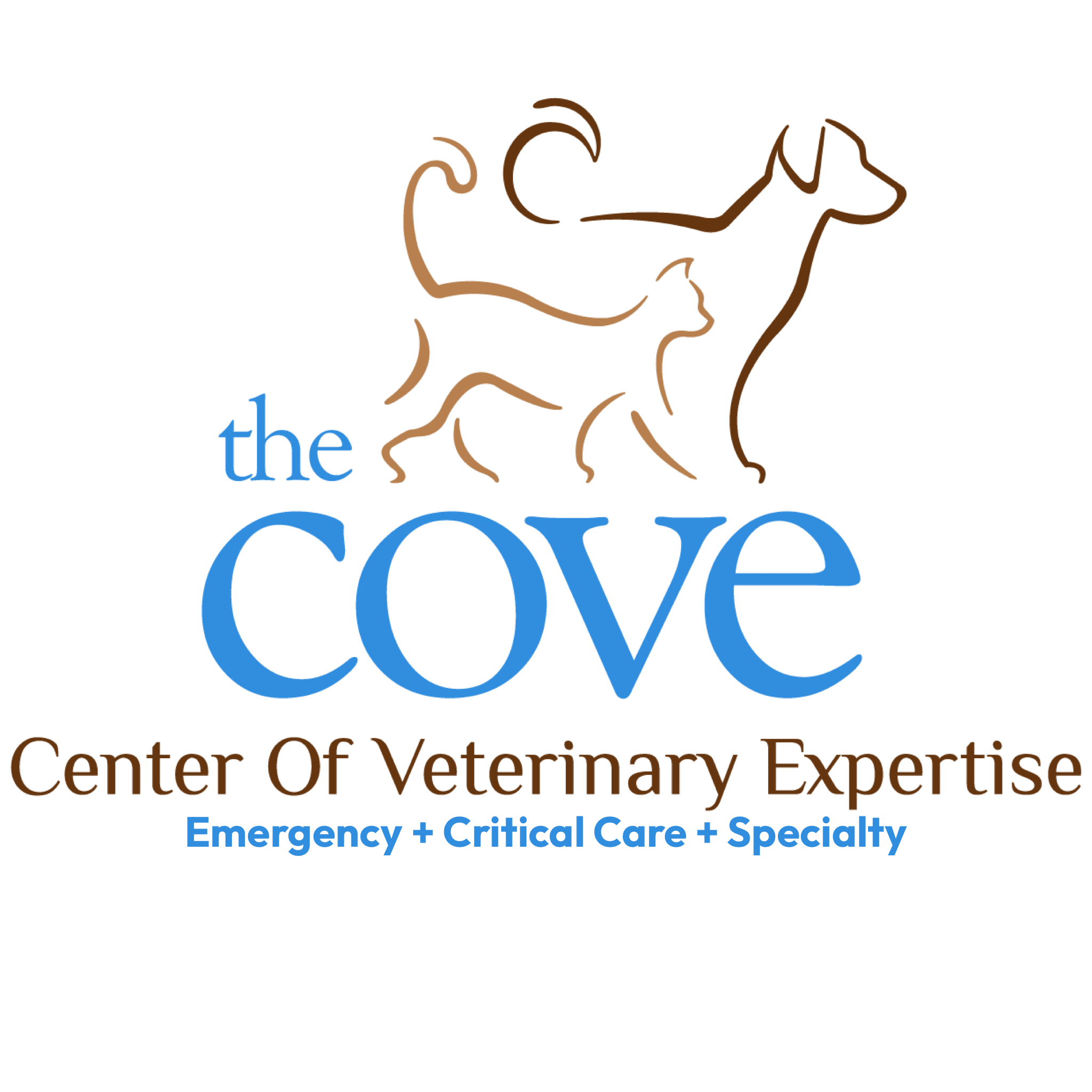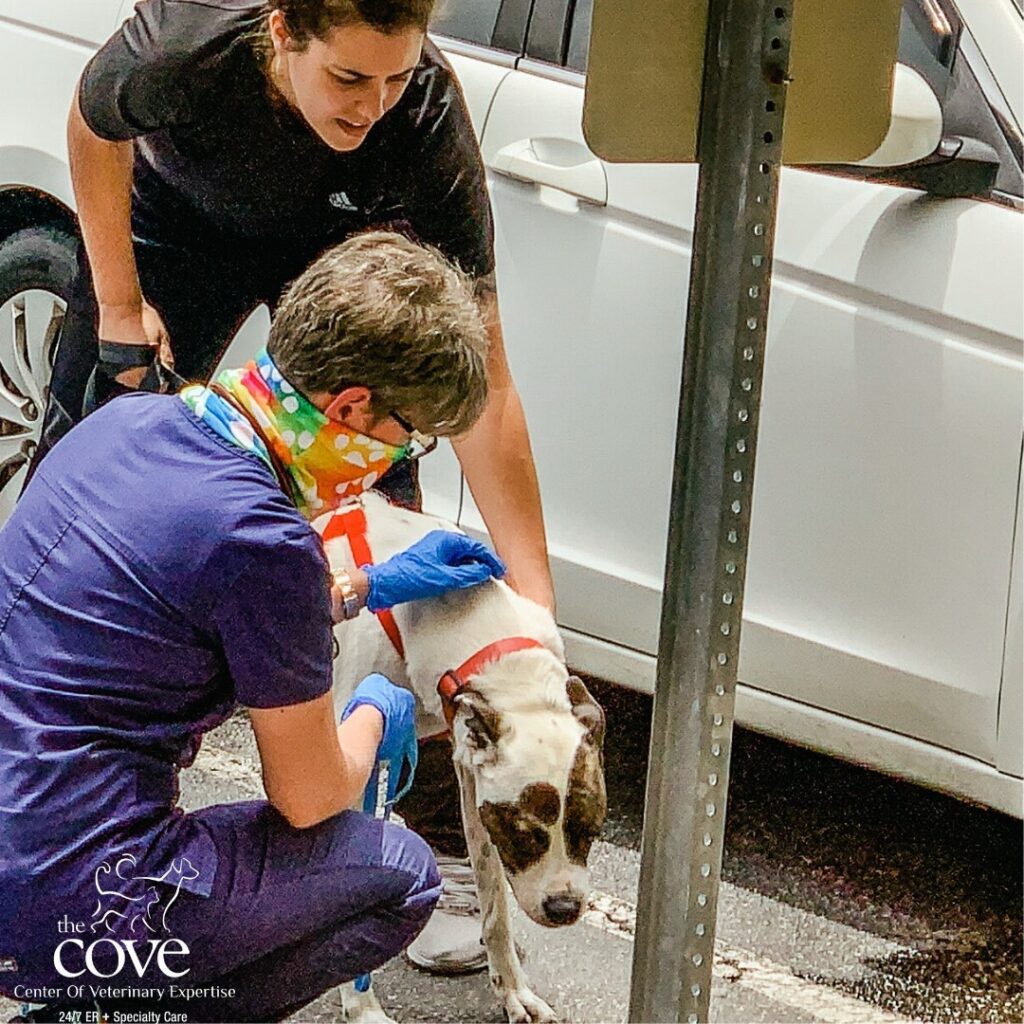It’s the most wonderful time of the year – National Veterinary Technician Week! 🎉
This year, The COVE and veterinary clinics around the country will be celebrating veterinary technicians during the week of October 11, 2020.
Although we value their hard work and commitment every day of the year, we think this is a perfect time to call attention to our extraordinary team of veterinary technicians and highlight our appreciation of their hard work, skill, and dedication to the profession, especially as essential workers during the COVID-19 pandemic.
Veterinary technicians provide skilled veterinary care, assisting veterinarians just as a human healthcare nurse helps a physician. Additionally, veterinary technicians offer compassion and support to pet families when their furry loved one is injured or ill.
What is a Licensed Veterinary Technician?
Licensed veterinary technicians (LVT) are an integral part of your pet’s health care team. In addition to taking your pet’s medical history and assisting in the exam room, LVTs perform a multitude of jobs, including:
- Laboratory technician
- Anesthesiology – perform and monitor
- Surgical assistance
- Pharmacy technician
- Specialized nursing care
- Grief counselor
- Radiography technician
- Emergency care
- Phlebotomist
- Dental hygienist
- Patient Advocate
- Interacting closely with patients and their families
…and a myriad of other tasks to support veterinarians and the health of your pet.
What’s the Difference between LVT, RVT, CVT?
It’s easy to get confused by all of the initials when looking into licensing programs. You may see LVT, RVT, or even CVT. So, what’s the difference? The various initials are simply a matter of licensing or certification, which depends on the state in which you want to work. Different states have different naming conventions. An RVT is a registered veterinary technician, an LVT is a licensed veterinary technician, and a CVT is a certified veterinary technician. They are all the same thing. Here in Virginia, we use LVT.
How to Become a Licensed Veterinary Technician
Veterinary technicians go through a significant amount of education to become certified, just as a human medicine nurse does (but unlike a human nurse, a veterinary technician must know about multiple species).
Veterinary technicians typically complete two to four years of secondary education, earning an associate’s or bachelor’s degree in veterinary technology. Veterinary technicians must also pass a rigorous four-hour examination administered by the American Association of Veterinary State Boards to become credentialed and must complete continuing education credits annually to maintain their license. There are over 230 accredited veterinary technology programs in the country, with either two or four-year degree options. There are also a few accredited online distance-learning programs.
Veterinary technicians can choose to further their education and become specialists in various areas, from anesthesia to animal behavior, emergency and critical care, to internal medicine. They can also work in places such as zoos, aquariums, the military, or research laboratories. They are often among first responders when there is a disaster to help animals in trouble.
If all that sounds like a lot of work, it is! Veterinary technicians are essential team members here at The COVE. Their compassionate care of every patient and strong relationships with our patient’s families are indispensable to our work in caring for your pet.
Meet The COVE’s Incredible Licensed Veterinary Technicians


This week, and every day, tell your veterinary technician, “Thank you.” We know we will. Make sure to follow The COVE on Facebook and Instagram to help us celebrate.
About Us
The COVE’s veterinarians and staff wholeheartedly embrace the core values of community, collaboration, commitment, compassion, and integrity. This focus ensures that pets, the people who love them, and their primary care veterinarians have as positive and affirming a healthcare experience as possible, regardless of the circumstances that bring us all together.












